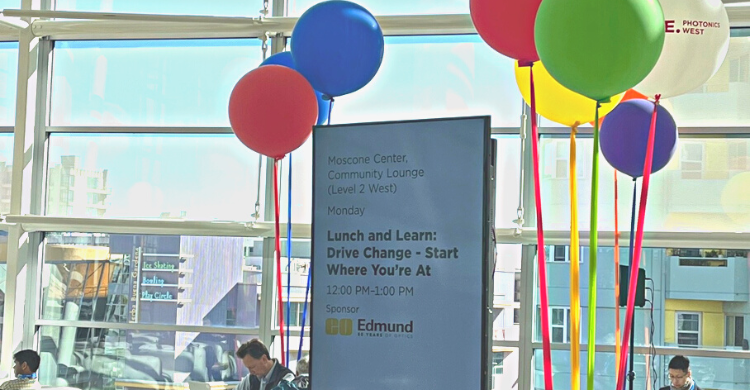Marketing KPIs & Benchmarks for 2026
We work with B2B leaders every day who have extensive marketing data, but don't know what to make of it. It's hard to know you're on track to meet...

I was proud to be asked to lead this roundtable discussion on a topic that is critical to the growing field of photonics. That in no way makes me an expert in DEI. As a business owner who works with many of the market leaders in photonics, I am simply committed to doing the work.
I’m pleased to share the highlights from our active discussion on topics including:
SPIE’s extensive job fair and DEI programming recognize the need in the photonics industry to improve our diversity, inclusivity, and equity. While we have made great strides in improving the diversity of students entering the field, employers are now catching up to improve the way they hire, onboard, and retain an ever more diverse workforce.
The need is real:
2Munfilled manufacturing jobs by 2025 due to US skill gap. |
52%of employees intend to look for a new job. |
40MBoomers, or 25% of the workforce, are about to retire. |
Employers’ growth is limited by their ability to attract and train new talent. Their needs have shifted, and ‘new collar workers’ with the skills they need today don’t look like they did before. It’s a competitive market, and candidates have more options than ever before. Companies don’t need to be attractive to just customers but to prospective employees.
There is a real and quantifiable business case for DEI:
Companies that focus on creating a culture that is inclusive and equitable, and actively attract diverse employees have a competitive advantage.
Innovation. They bring innovative products to market faster and generate 19% higher revenue from innovation.
Action. Make better decisions and solve more complex problems with an increased diversity of thought.
Profit. Companies that prioritize DEI are 36% more profitable than those that don’t.
Growth. Values-based companies have 5.5x NPS (net promoter score, a key metric for customer satisfaction and lifetime customer value).
We know we need to change our practices to attract the best pool of talent available. Better talent means a more diverse employee base. What exactly do we mean by diversity and DEI?
|
Diversity of Race ∙ Age ∙ Ethnicity ∙ Creed∙ Color ∙ Sex ∙ Gender ∙ Identity ∙ Socio-economic Status ∙ Culture ∙ Language ∙ Religion ∙ (Dis)ability ∙ Perspective |
Equity Fair and just practices so everyone can thrive. Not equality, treating the same, but equity—acknowledging & addressing inequalities. |
Inclusion: Respect ∙ Belonging ∙
|
Many at SPIE’s event pointed out ways that companies could better serve those who are neurodivergent, working with physical or mental health challenges, or overcoming language barriers.
Whatever your role whether you are entering, working in, or managing your workplace, you have the power to create an impact in DEI. Test your assumptions, ask questions, and identify actions you can take toward better inclusivity in photonics.
The approximately 80 attendees at the Photonics West event rated their workplace’s current state of DEI at a 2.07 on a scale of 1-5. Their commitment is clear to listening, participating, and taking action. Here’s what they said:
Current Challenges:
What’s Working & Actions They’re Taking

We work with B2B leaders every day who have extensive marketing data, but don't know what to make of it. It's hard to know you're on track to meet...

Get a Competitive Edge with Comprehensive AI & GEO Insights If you are beginning to notice an erosion in organic traffic and leads, it may be time to...

Updated on 6/10/24 The 80/20 rule or Pareto principle, is a long-standing business strategy that a lot of companies are applying right now to...